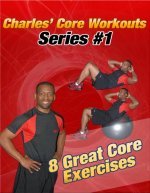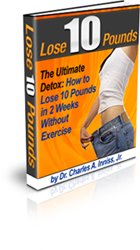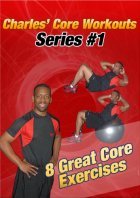 |
Posture and Lower Back PainHere is a brief discussion of posture and lower back pain. Back pain is very complex, and to get an understanding of back pain read my page on potential causes of lower back pain. This web page is for informational purposes only and is not intended to diagnose or treat lower back pain. If you have back pain, you should consult with a licensed health professional. Posture and Back PainPosture can play a significant role in the development or prevention of lower back pain. Posture simply refers to the alignment of your joints. When your joints are in good alignment your body moves more efficiently, and when your body is out of alignment the quality of your movement decreases. With the spine good posture is sometimes called "neutral spine". This simply means that the natural curves in the spine are all balanced on one another. In neutral spine, you have the most stability and control over your spine, and in neutral spine (good alignment) you have the least pressure and compression in your spine. When your spine moves out of alignment and you have bad posture 2 things happen: #1 You decrease the stability and control in the area that is out of balance, and... #2 You increase the pressure and compression in the area that is out of balance. When your lower back is out of alignment you will have more pressure on the joints of your back and you will have less stability. Posture and lower back pain are related. Bad posture puts more pressure on the joints and makes the lower back unstable. This is one reason why some people have recurring back problems. Because their back is unstable, they are more likely to injure it. If the injury heals but the posture is still poor, then there will still be extra pressure in the lower back. 3 Postural Problems in the Lower BackThe back posture can be off in 3 directions: extension (lordosis), flexion (kyphosis), side bending (scoliosis). Excessive Extension (or hyperlordosis) occurs when the curve in the lower back is exaggerated and the lower back is arched excessively-- think about what would happen to your lower back if you stuck your butt out. When your lower back bends too far backwards, it puts more pressure on the joints. Excessive Flexion (or kyphosis in the lumbar spine) occurs when the natural curve in the lower back is diminished and the lower back flattens out or curves forward. This puts more pressure on the cartilage (discs) between the vertebra. Side bending (scoliosis) occurs when the spine curves to the side. This puts more pressure on the joints and discs. ConclusionHaving good posture can help to stave off lower back pain. When you have good posture, your body works the most efficiently, and you have the least pressure and the most stability. However, when you have bad posture in your lower back area, you will have more pressure and less stability. Prolonged sitting wreaks havoc on your posture. Be mindful of your posture at all times, and exercise regularly to maintain good posture. Strengthening your abdominal and back muscles help to support good posture, and flexibility exercises are also important for maintaining mobility and good posture. I hope this helps to give you a better perspective about how posture and lower back pain are related. Be Proactive Exercise is Medicine Treat your Body Well Yours in Health, Return to the over view of Lower Back Pain from this article on Posture and Lower Back Pain
P.S. Check out my Core Workout Video! The video can be purchased as DVD's and shipped to your home. Get the DVD for $7.95 + sph Click Here to Order Your DVD Today! Click to learn more about the core training. My Weight Loss and Fitness Program for Women
Women's Fitness and Weight Loss Program: |
|||
|
|




